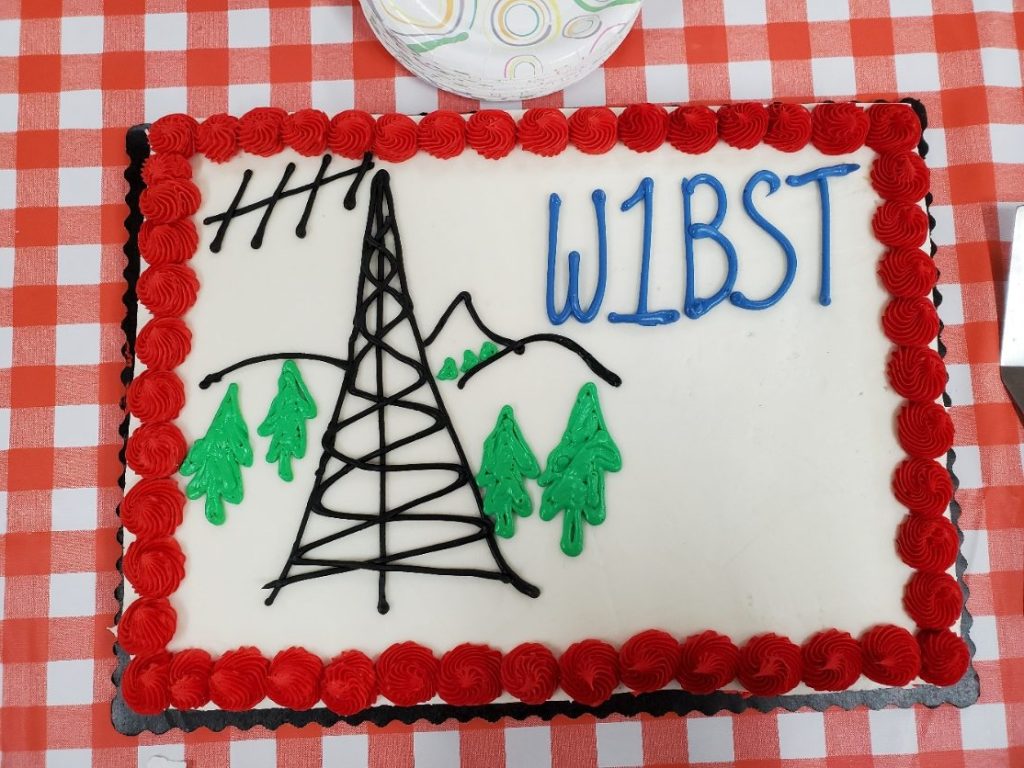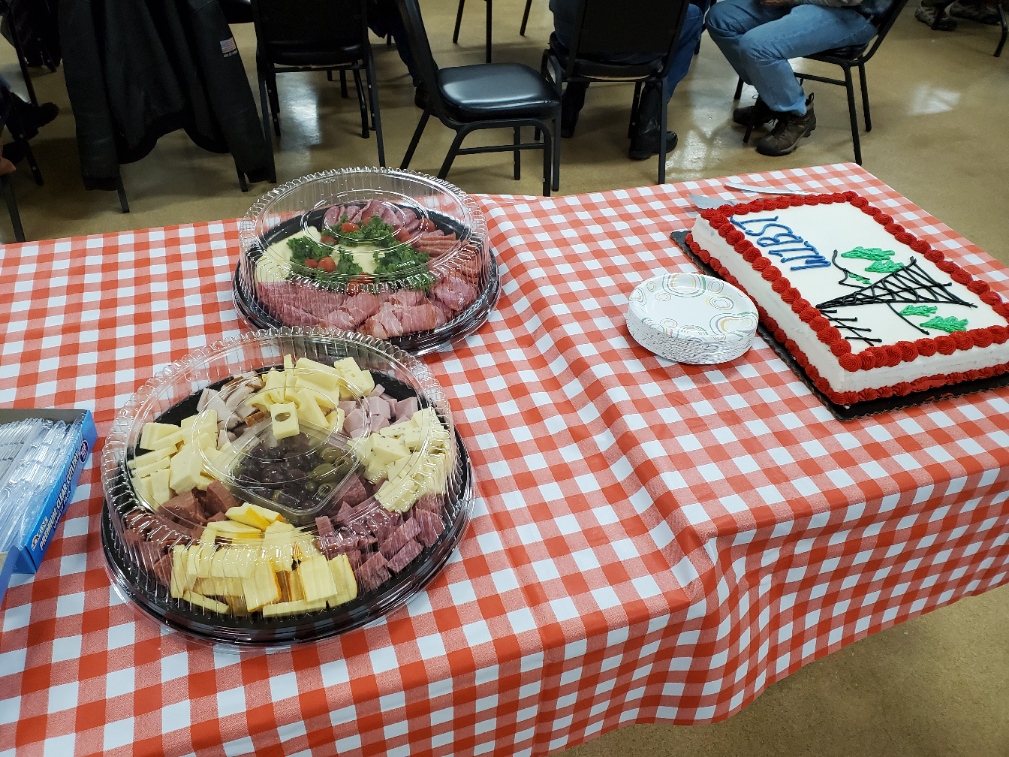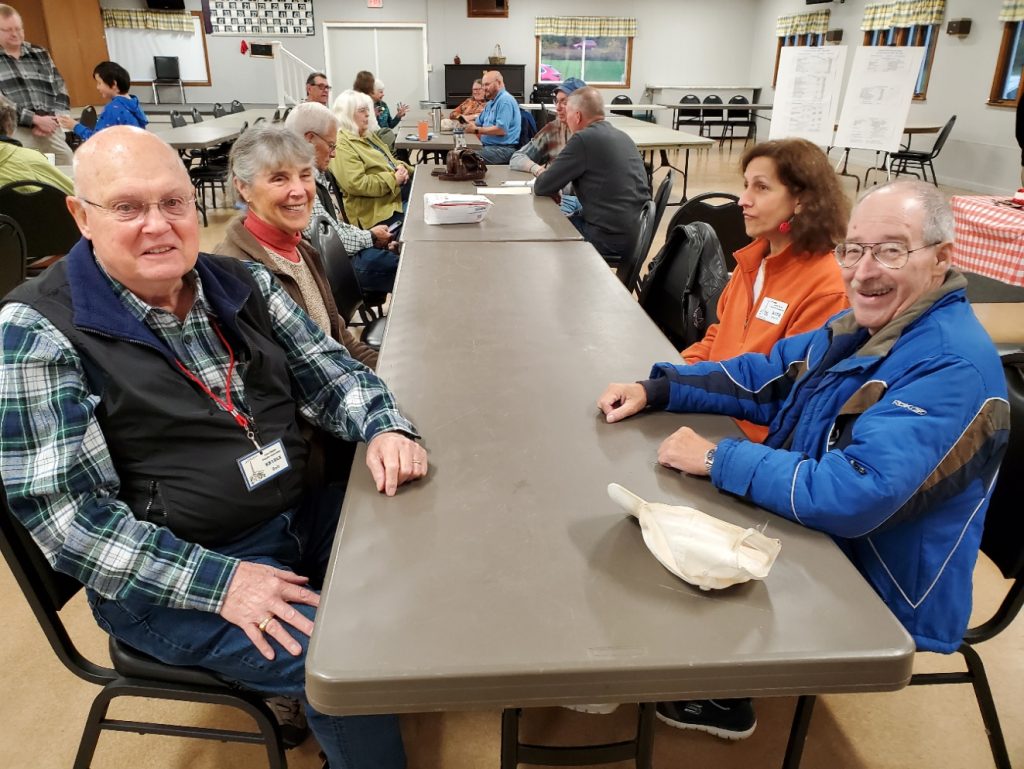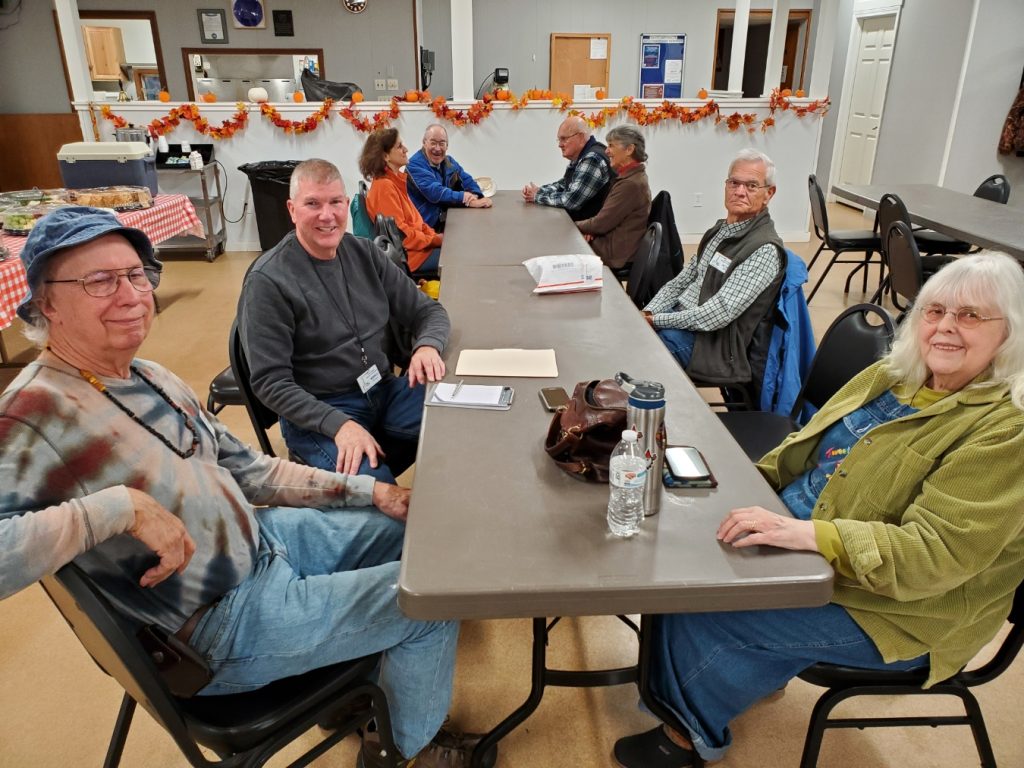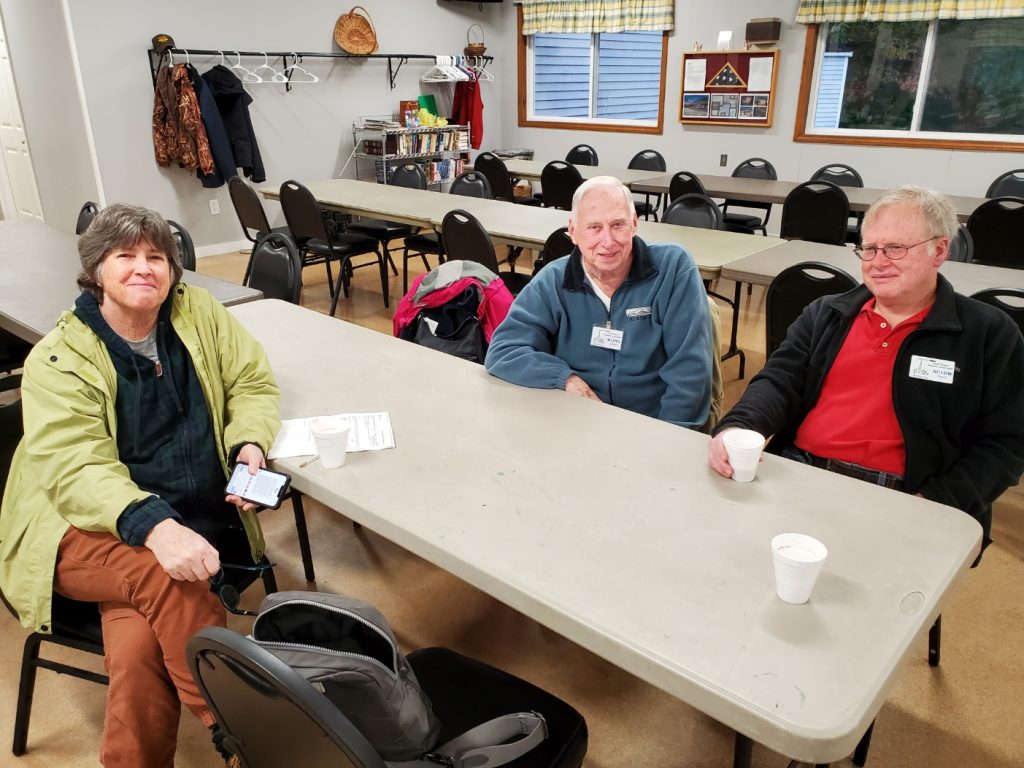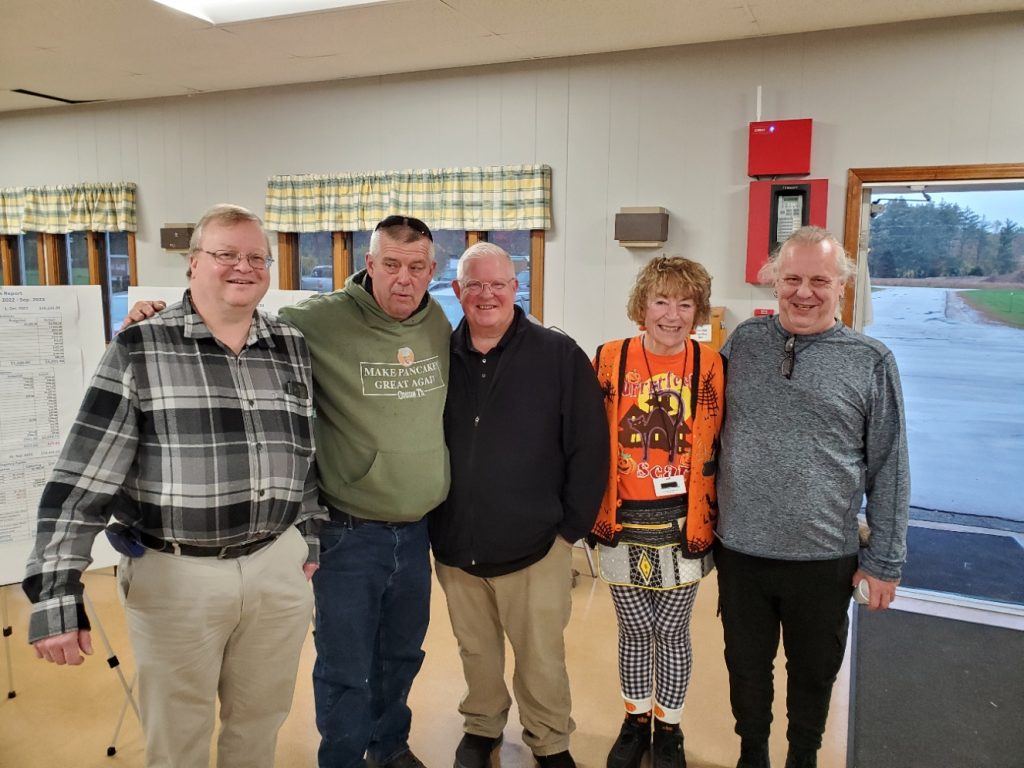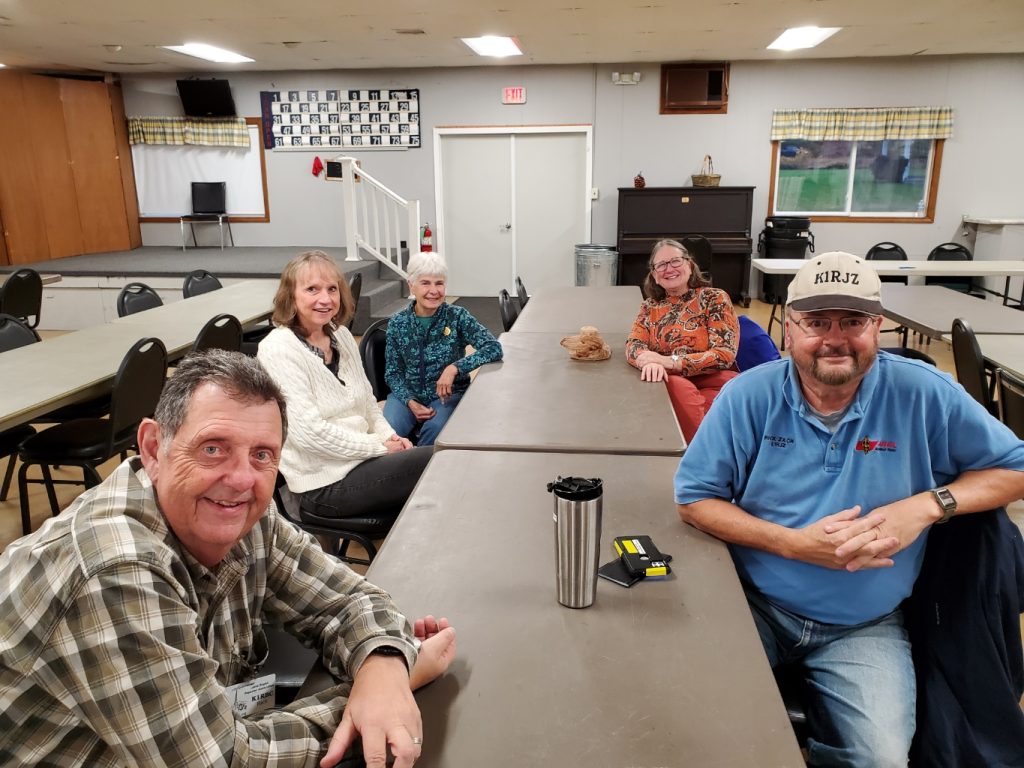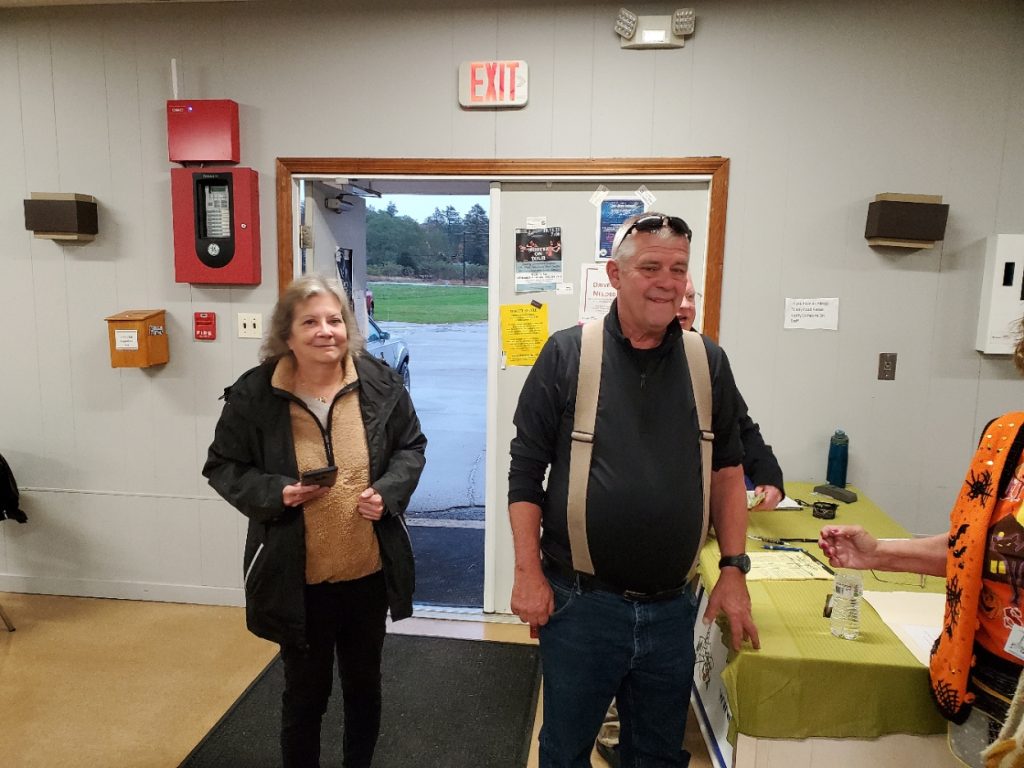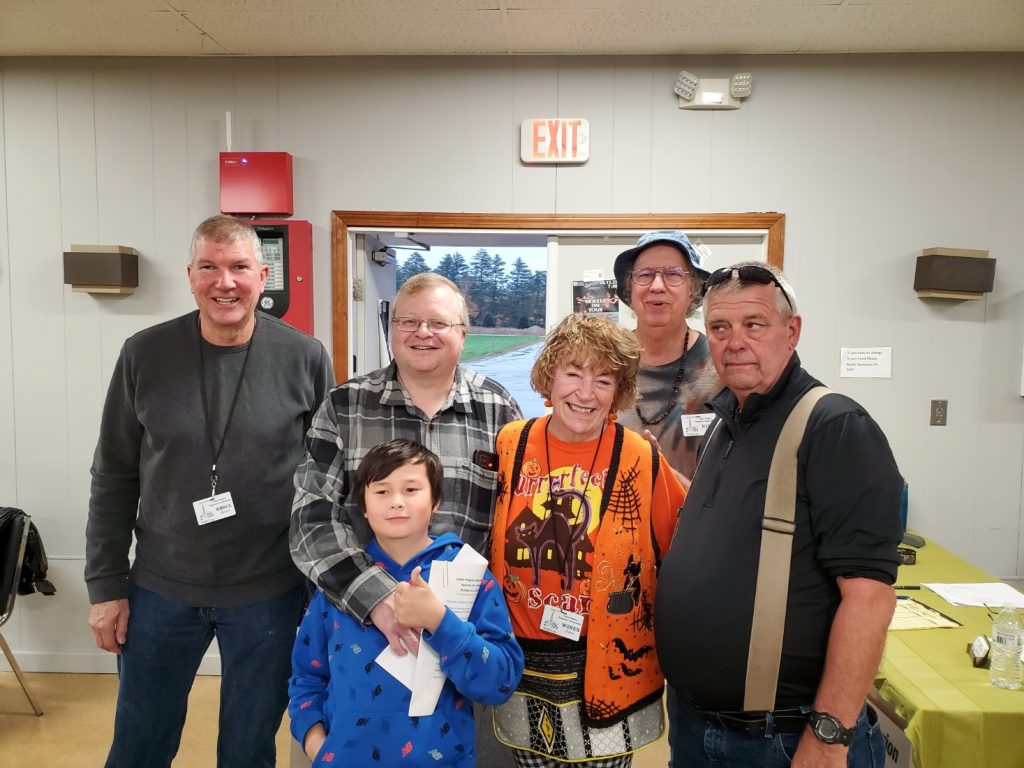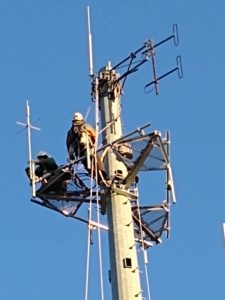In the world of ham radio, every contact (QSO) tells a story—of signal propagation, atmospheric conditions, and, sometimes, antenna alignment quirks. While most hams are well-versed in optimizing transmit paths, the reverse path often gets less attention. But here’s the thing: for every successful two-way communication, what gets sent must also come back—and if your antenna isn’t properly oriented for that return trip, you could be missing out on cleaner, stronger signals.
So, let’s break down what reverse path antenna orientation really means for amateur radio operators—and how it can improve your operating experience.
What Is Reverse Path Antenna Orientation?
Think of reverse path antenna orientation as paying attention to how your antenna hears, not just how it transmits.
In a typical QSO, your antenna transmits a signal to a distant station. That station, of course, transmits back to you on the same or a different frequency (depending on mode and band). If your antenna is directional—like a Yagi, quad, or even a rotatable dipole—its physical orientation will affect how well it receives signals from that station’s direction. That’s your reverse path.
In essence:
“Your signal may be getting out fine, but are you listening in the right direction?”
Why Reverse Path Orientation Is Crucial in Ham Radio
Many hams are surprised to find that they can be heard five-nine but are barely pulling in the return signal. If you’re running a directional antenna and not thinking about your receive path, here’s what could be happening:
1. Directional Imbalance
You’re pointed toward your target when transmitting, but not necessarily maximizing reception if conditions favor a different return angle—especially on HF bands where ionospheric skip can cause inbound signals to arrive from an unexpected direction.
2. Polarization Mismatch
On VHF and UHF, especially with horizontal vs. vertical polarization differences, your antenna’s receive sensitivity can be greatly reduced on the return path if it’s not matched properly with the transmitting station’s orientation.
3. Asymmetric Propagation
Especially on bands like 10m or 6m, propagation can vary dramatically minute-to-minute. The reverse path may favor a different skip zone or reflect differently off the ionosphere—requiring small adjustments for best reception.
4. Local Obstructions or Noise
If one side of your antenna’s pattern faces toward a power line, building, or RF noise source, your receive quality can tank even though your transmit signal is fine.
How to Optimize Reverse Path Performance
Here are a few things you can do to make sure your station hears as well as it talks:
- Use a rotator and pay attention to both ends of the QSO. After you get your report, ask the other station where they’re hearing you from—then tweak your orientation as needed.
- Try switching antennas for receive. Many hams use a separate receive antenna (like a loop or beverage antenna) especially on low bands (80m, 160m) where noise or directionality can be a challenge.
- Play with polarity on VHF/UHF. If you’re working simplex or weak-signal work, try rotating your beam 90° to see if the signal comes up.
- Use tools like reverse beacon networks or PSK Reporter. These can give you insight into how well your signal is getting out—and from where others are hearing you.
- Log signal direction for both RX and TX. This helps you track propagation changes and can inform better orientation during contests or nets.
Real-World Example
Imagine you’re working 20 meters and calling a station in South Africa. You’re pointed southeast. They give you a solid signal report, but you’re struggling to copy their reply. By swinging your beam a few degrees east, or even slightly north, you find a sweet spot where their signal peaks—maybe due to a different ionospheric reflection on their end. That small adjustment just improved your receive path and made the QSO solid.
Final Thoughts
In ham radio, we often obsess over our “signal getting out,” but it’s equally important to listen smarter. Reverse path antenna orientation is a subtle but powerful concept that can help you dig weaker stations out of the noise, improve contest scores, and get more enjoyment from the hobby.
So next time the bands are open, don’t just transmit—tune, turn, and truly listen. That elusive DX might already be calling you back… you just need to be pointed in the right direction.
73 and good DX!

